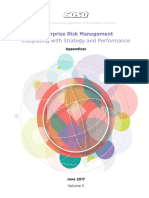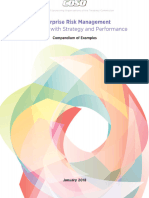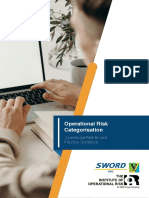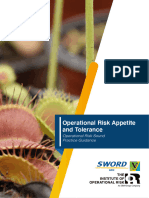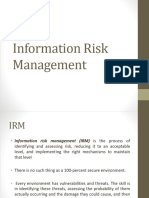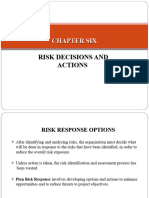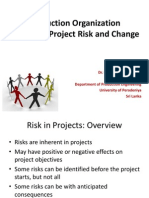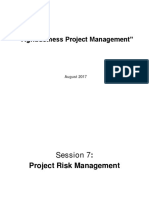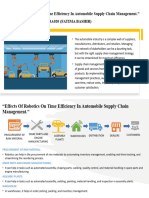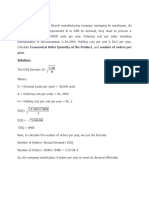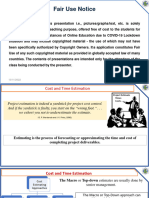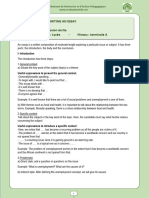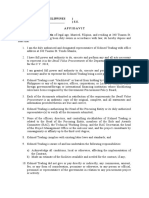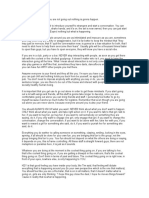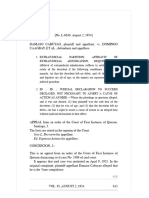100% found this document useful (1 vote)
149 views17 pagesRisk Management Process
This document discusses risk management. It defines risk as an uncertain event or condition that could affect project objectives. There are two types of risk: positive risks, which present opportunities, and negative risks, which should be avoided or mitigated. The risk management process involves identifying risks, analyzing them, and developing responses like mitigating, avoiding, transferring, or retaining risks. The goal is to decrease the likelihood or impact of negative events.
Uploaded by
timesave240Copyright
© © All Rights Reserved
We take content rights seriously. If you suspect this is your content, claim it here.
Available Formats
Download as PDF, TXT or read online on Scribd
100% found this document useful (1 vote)
149 views17 pagesRisk Management Process
This document discusses risk management. It defines risk as an uncertain event or condition that could affect project objectives. There are two types of risk: positive risks, which present opportunities, and negative risks, which should be avoided or mitigated. The risk management process involves identifying risks, analyzing them, and developing responses like mitigating, avoiding, transferring, or retaining risks. The goal is to decrease the likelihood or impact of negative events.
Uploaded by
timesave240Copyright
© © All Rights Reserved
We take content rights seriously. If you suspect this is your content, claim it here.
Available Formats
Download as PDF, TXT or read online on Scribd
/ 17








